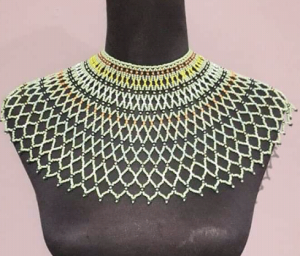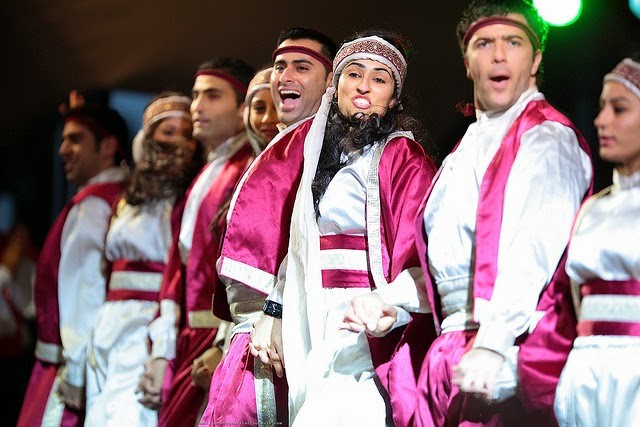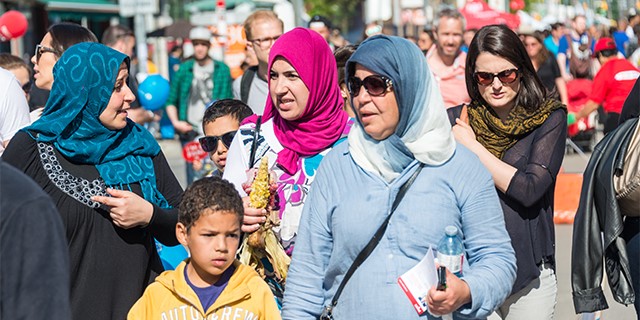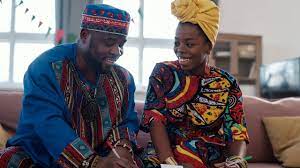There are many different traditional clothing rules in South Africa due to the country’s varied mix of cultures, ethnicities, and religions. The Xhosa culture is distinguished by stunning beading and patterned fabrics, and an individual’s social rank determines its intricate clothing code (“Traditional Dresses in South Africa”, 2022). Women’s accessories and apparel have historically represented distinct stages of life. “Ithumbu”, ornate beaded neckpieces, decorated bracelets, and anklets are worn by women.

Married women customarily wear the headscarf, or “iqhiya” and beaded capes or blankets are draped around the shoulders to finish the look. Traditionally, Xhosa men served as warriors, hunters, and stockmen; therefore, animal skin played a significant role in their traditional attire (“Traditional Dresses in South Africa”, 2022). At important events, beaded necklace chains or a tunic are donned with beaded skirts and a rectangular fabric draped over the left shoulder.
In Zulu culture, an unmarried young woman maintains short hair, and mainly a grass stalk skirt ornamented with beads, whereas a lady who is betrothed will cover her breast and let her hair grow. A married lady dress in a thick skirt made of cowhide that has been smoothed with coal and animal fat. Women nowadays dress in silk vests or embroidered bras with beaded necklaces (“Traditional Dresses in South Africa”, 2022). The most recognizable decoration is the “izicolo”, or round caps worn by married ladies. Traditionally, fur and animal skins were worn by Zulu males. Only the royal family is permitted to dress in leopard skin since the Zulu considers leopards as king of all animals. The genitalia and buttocks are covered with a front clothing known as “isinene” and a back cloth known as “ibheshu”. Only married men wear headbands.
An apron is the primary component of Ndebele women’s clothing. Girls wear
“isiphephetu”, a decorated apron their moms give them, and “isigolwani”, dense beaded jewelries worn around their waist, legs, necks, and arms. Married ladies adorn their arms, ankles, and neck with “isigolwani” and “idzilla” (“Traditional Dresses in South Africa”, 2022). Girls and single ladies don’t cover their breasts. Ndebele men dress in animal hide aprons and neckhanging breastplates called “iporiyana”. After initiation, a young man is given the “iporiyana”, a representation of manhood, by his father.
Traditional attire for Venda girls includes a “shedo”, a tiny apron that conceals the genital region. Girls with breast development wear an “nwenda”, a piece of brightly colored striped clothing, around the waist or one shoulder. Boys and men from the Venda tribe typically wore a “tsindi”, a loincloth. The “tsindi” is a three-sided piece of animal skin that covers the front and is fastened at the back after being slid between the legs. They additionally draped a coat over their shoulders in chilly climates. Today, Venda men frequently mix trousers with shirts made of nwenda cloth (“Traditional Dresses in South Africa”, 2022). The Tsonga women wear colorful “xibelani” skirts that sway when they dance, while the men typically dress in animal hides.



